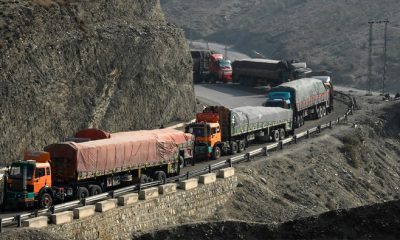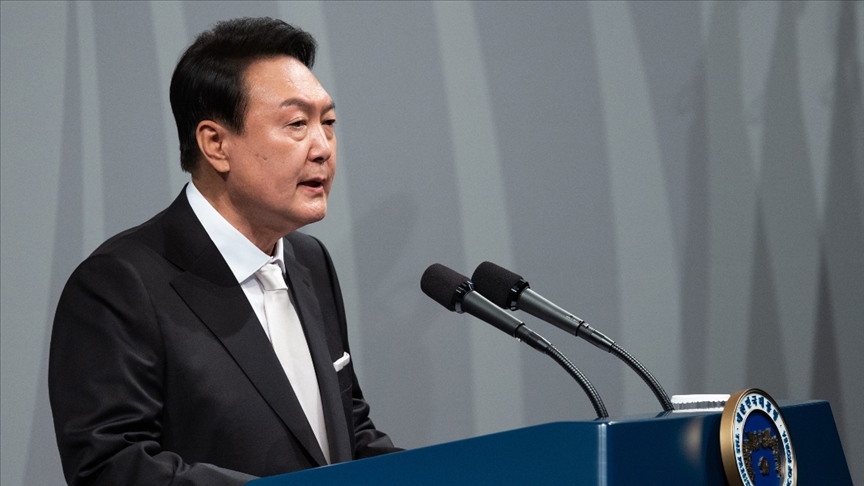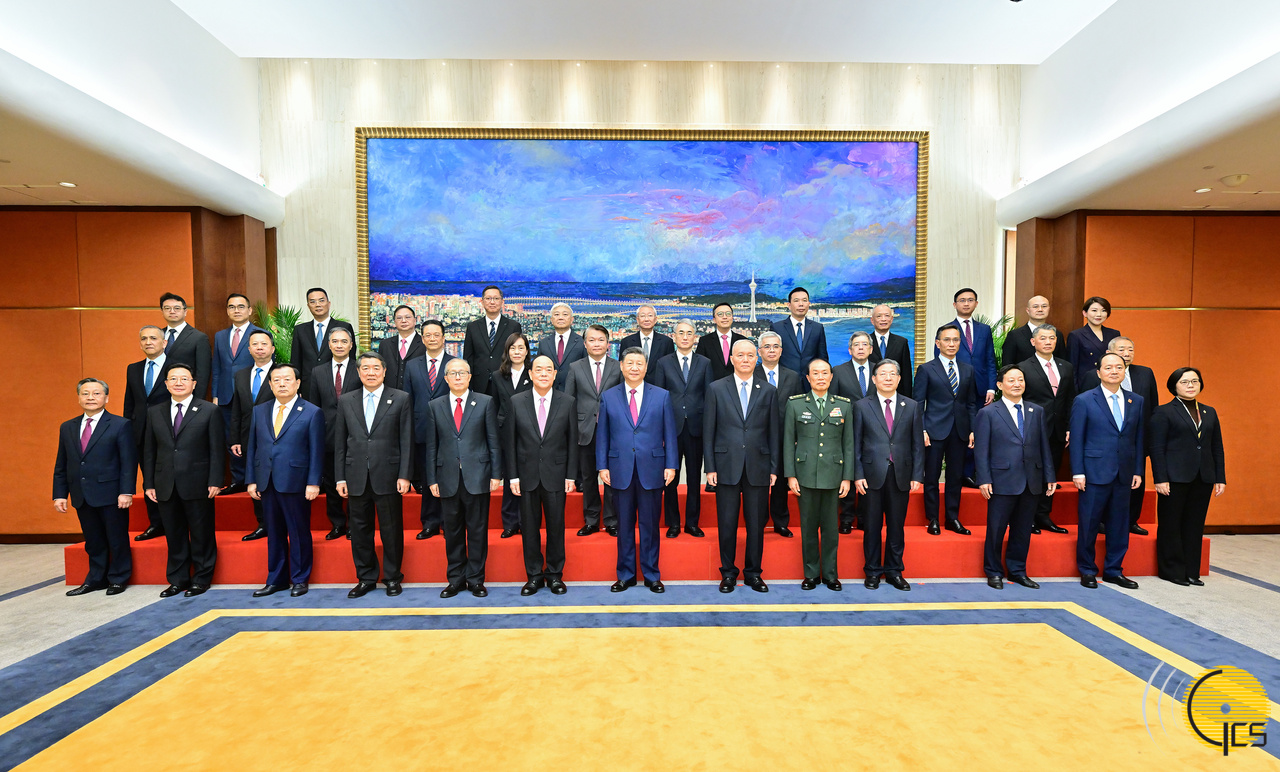China has come up with a plan to help build and reconstruct Afghanistan, a message with clear induction that Beijing will not abandon the country at the time of need.
To help the war-hit country, China has released an 11-point paper to fully elaborate its position on the Afghan issue and reiterated Beijing’s unweaving support to Afghanistan.
The paper, titled “China’s Position on the Afghan Issue,” came with three respects “respecting Afghanistan’s independence, sovereignty and territorial integrity.” It also emphasized on the need to respect the independent choices of the Afghan people and to respect the religious beliefs. The paper also clearly mentioned that the national customs of Afghanistan must be respected and said China has no intention to interfere into internal affairs of the country.
“China never interferes in Afghanistan’s internal affairs, never seeks selfish interests in Afghanistan and never pursues so-called spheres of influence,” Global Times reported.
China’s foreign ministry spokesman Wang Wenbin said that Afghanistan is in a crucial period of moving from turbulence to stabilization. “To fully outline China’s policy and propositions in a systematic way and build consensus and synergy among countries in the region and elsewhere on stabilizing and helping Afghanistan, the foreign ministry released China’s Position on the Afghan Issue,” Wang said
Apparently, China has decided to take concrete steps to push for construction and reconstruction of Afghanistan as well as to provide space for further consultation and discussions on the Afghan issue with the regional countries. China has been pushing for Afghanistan’s reconstruction and revitalization.
Wang said that China along with the neighboring countries would try best to help the Afghan to walk on the path for stable development and to realize regional peace and prosperity.
China wants deepen cooperation with Afghanistan
Chinese Foreign Minister Qin Gang said that Beijing is supporting a moderate and inclusive government in Afghanistan. Qin expressed the remarks during a meeting with Taliban’s Foreign Minister Amir Khan Muttaqi on the sidelines of the Samarkand meeting and assured his country’s willingness for having a deeper cooperation with Afghanistan.
The fourth Meeting of Foreign Ministers of Afghanistan’s Neighboring States has been underway in Samarkand, Uzbekistan and will end today (14) April.
The foreign ministers and senior officials of China, Iran, Pakistan, Russia, Tajikistan, Turkmenistan and Uzbekistan attended, and they put weight behind an exclusive government in Afghanistan.
“We respect Afghanistan’s independence, sovereignty and territorial integrity,” Qin told Muttaqi, adding that China supports the Taliban government to exercise inclusive and moderate governance.
Afghanistan turns into oasis of peace
Qin assured to work to promote good-neighborly relations and also to turn Afghanistan into an oasis of peace and a place for economic development.
It is hoped that Afghanistan positively responds to the concerns of its neighbors and further build up consensus among them on helping with Afghanistan’s reconstruction and development.
Qin stressed that the East Turkestan Islamic Movement (ETIM) is a terrorist organization listed by the UN Security Council and designated by the Chinese government in accordance with law.
“China hopes that Afghanistan fulfills its commitment to fighting terrorism and earnestly protect the safety of Chinese institutions and personnel in Afghanistan,” Qin added.
Qin furthered that China is ready to deepen practical cooperation with Afghanistan, “implement grant assistance to Afghanistan, advance cooperation of the Belt and Road Initiative, help Afghanistan train professionals, carry out cooperation in drug control and alternative planting, and help Afghanistan enhance its capacity for independent and sustainable development.”
Afghanistan appreciates China’s position paper
On his part, Muttaqi expressed his gratitude toward China and extolled Beijing for its long-term political support to Afghanistan.
During his conversation, Muttaqi said Taliban appreciates and welcomes China’s release of the position paper and assured Qin that the incumbent government respects China’s sovereignty and territorial integrity.
“China has security concerns, but let me assure you that we never allow any forces to use Afghan territory to harm China’s national interests,” Muttaqi added.
He also said that they will work tirelessly to protect the safety of Chinese institutions and citizens in Afghanistan.
In regards to the Belt and Road Initiative, Muttaqi said that they hope to take an active part in the initiative and build a strong economy and further strengthen economic and trade cooperation.
Muttaqi did not waste time to congratulate China for successful mediation between Saudi Arabia and Iran.
Samarkand participants ask for inclusive govt. in Afghanistan
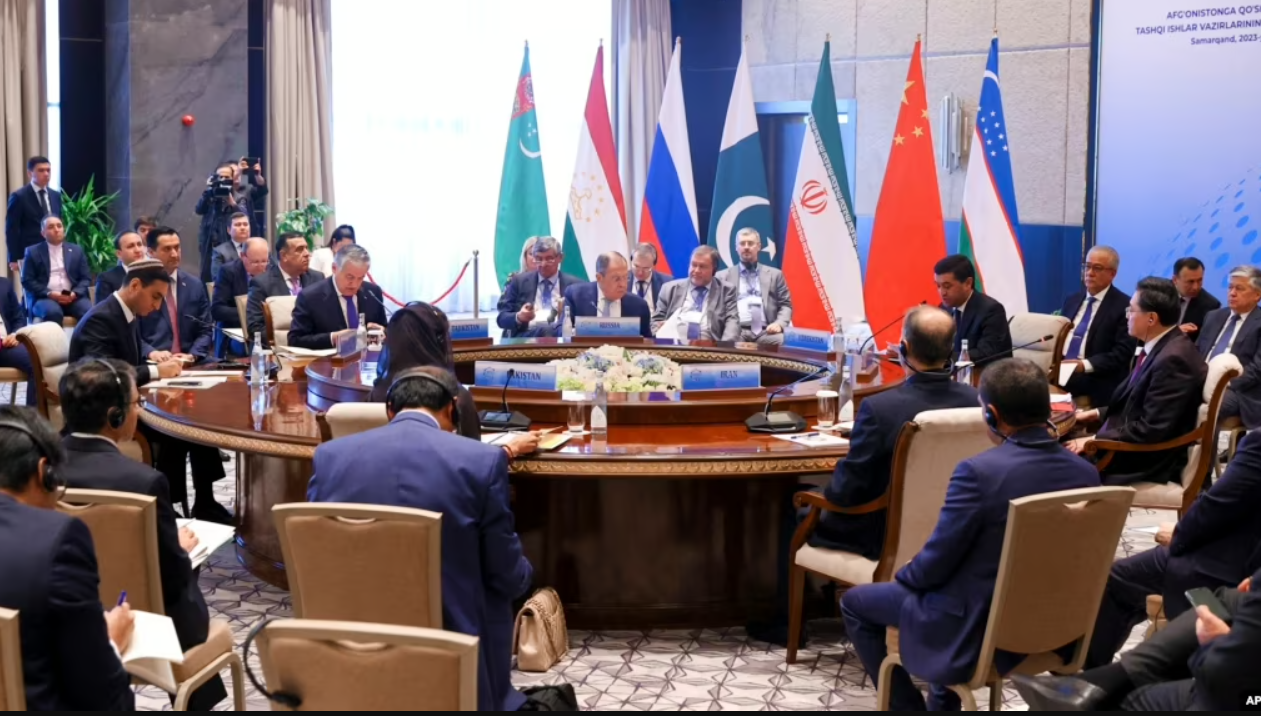
In this photo released by the Russian Foreign Ministry Press Service, top diplomats from Russia, China, Iran and Pakistan attend a conference on regional security with the situation in Afghanistan in Samarkand, Uzbekistan, April 13, 2023. (Photo: AP)
The Foreign Ministers and senior officials of China, Iran, Pakistan, Russia, Tajikistan, Turkmenistan and Uzbekistan have called for an inclusive government in Afghanistan.
The participants of the fourth Meeting of Foreign Ministers of Afghanistan’s Neighboring States that was held on April 13 in Samarkand, Uzbekistan, in a joint declaration published by China’s Foreign Ministry said that in a frank and pragmatic atmosphere of mutual understanding, the Parties held a comprehensive, deep and constructive discussion of the current situation in Afghanistan, the prospects for its development.
The parties reaffirmed their commitment to the development of Afghanistan as a peaceful, united, sovereign and independent state, free from the threats of terrorism and drug trafficking, according to the statement.
They called for an inclusive and broad-based governance system in Afghanistan that reflects the interests of all segments of Afghan society.
Terrorist groups continue to pose threat to region
The participants noted that the terrorism-related security situation in Afghanistan was still severe and reaffirmed their commitment to enhance cooperation on counter-terrorism and security among neighboring countries and to develop a united front against terrorism, the declaration said.
The parties pointed out that all terrorist groups, namely the Islamic State of Iraq and the Levant (ISIL), Al-Qaeda, the Eastern Turkistan Islamic Movement (ETIM), the Tehreek-e-Taliban Pakistan (TTP), the Balochistan Liberation Army (BLA), Jundallah, Jaish al-Adl, Jamaat Ansarullah, the Islamic Movement of Uzbekistan (IMU), and other terrorist organizations based in Afghanistan continue to pose a serious threat to regional and global security.
They also stressed the importance of combating the drug threat and called for support for the development of drug crop substitution programs, as well as for combating drug production and trafficking. The Parties emphasized the necessity for the international community to maintain dialogue and communication with Afghanistan and called for further measures to improve the living conditions of the people.
They also expressed confidence that the Afghan authorities will respect fundamental human rights, including the rights of all ethnic groups, women and children, and will provide every citizen of Afghanistan with equal rights to participate in the socio-political, economic and cultural life of the country.

 EUROPE1 week ago
EUROPE1 week ago
 OPINION2 weeks ago
OPINION2 weeks ago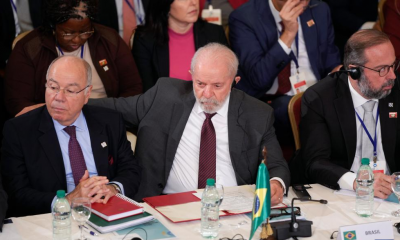
 OPINION1 week ago
OPINION1 week ago
 DIPLOMACY2 weeks ago
DIPLOMACY2 weeks ago
 OPINION2 weeks ago
OPINION2 weeks ago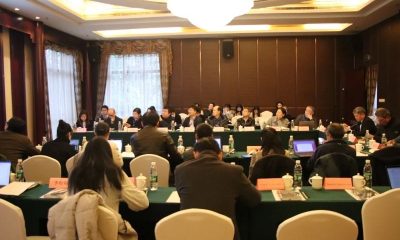
 ASIA1 week ago
ASIA1 week ago
 MIDDLE EAST1 week ago
MIDDLE EAST1 week ago
 MIDDLE EAST2 weeks ago
MIDDLE EAST2 weeks ago











